Any business owner can agree, growth is imperative to success. But some may not know the best route to take– especially with online businesses. So we’re here to provide you with the best practices for growing e-commerce businesses. We will also discuss the vital differences between growth and scaling.
Because of the relatively low startup costs and access to a worldwide audience, eCommerce businesses can have a strong start right after launch.Early success is different compared to many brick-and-mortar stores that often have periods of years before they become profitable.
However, after that strong start, eCommerce businesses can quickly stagnate. Stagnation then prompts owners to look for ways to build and grow e-commerce business revenue.
The problem is that growing a business costs money, and that type of capital may not be available at an early stage.
This is where scaling comes into play. Scaling a business keeps costs in check while boosting revenue. Scaling is the key for eCommerce businesses that want to get past that early growth stage and keep increasing revenue long after most businesses turn flat.
To help you grow your eCommerce business, we’ve compiled a list of strategies and best practices to scale your eCommerce store.
How To Grow Your E-commerce Business
If you run an online business, you likely want to grow to increase revenue. However, scaling is the better option for a successful eCommerce business.
If you want to learn how to grow your online business fast, you first need to understand the difference between scaling and growth strategies.
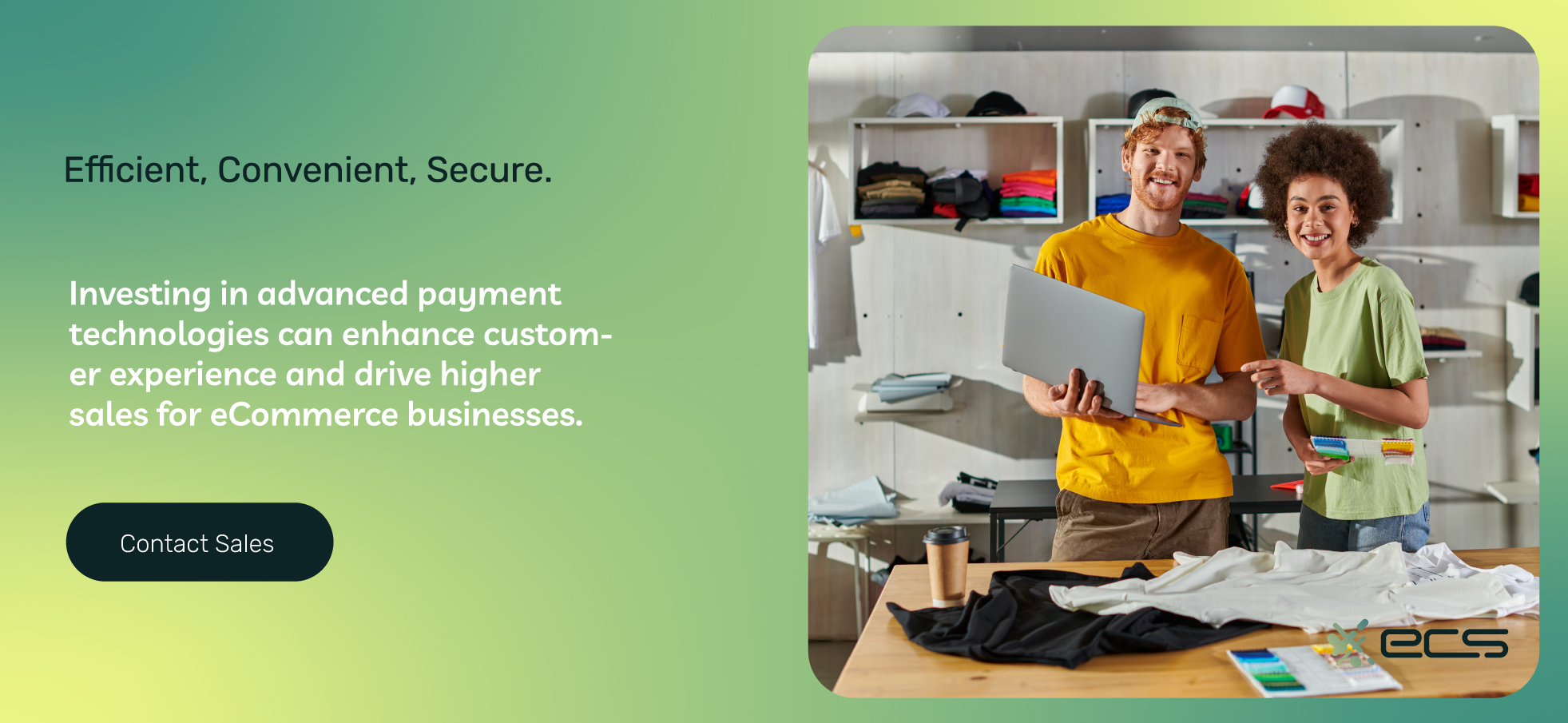
Scaling Vs Growing E-commerce Business
Scaling and growth are sometimes used interchangeably, and knowing the difference will help you work with the strategies we outline in the next section.
Growth for a business is essentially another word for expansion. It’s not necessarily about increasing profitably. Growth is about increasing market share, expanding operations, or even acquiring other businesses. All these processes cost money, and that’s the big difference between scaling and growing eCommerce business.
Scaling is about increasing revenue while keeping your costs and expenses flat or even reducing them.
An example of growth for an eCommerce business is Amazon in its earlier days. Amazon was focused on growth at any cost and gaining market share. During the majority of this time, Amazon was losing money as a business, but the goal was growth with an eye on profitably at a later date.
Many larger eCommerce startups use this growth strategy. But it can be a dangerous game. If you don’t reach profitably in time, you will find yourself without the cash flow needed to continue operations despite having grown substantially.
If you’re an eCommerce business with venture capital funding or another funding source, you can likely tolerate a period of losses while gaining market share. There are countless examples of this in the eCommerce space.
Smaller ecommerce businesses or those that don’t want to put growth ahead of profits have to use a different strategy. If you fall into this category, you want to focus on scaling initiatives instead of growth-at-all-cost ones.
An example of scaling for a small eCommerce business is if they choose to use a third-party eCommerce platform to handle their warehousing and fulfillment. When a business chooses to outsource this aspect, they don’t have to build the infrastructure or hire new employees as they increase sales.
This creates a much more scalable business model that keeps costs in check.
How To Grow My Small Business Online
As we’ve explained, scaling is the key to growing your online business. With nearly 27 million online businesses around the globe, it’s no secret that e-commerce is growing. With increased competition means that online businesses must be more cost-effective when attracting new customers.
Using the previous example, if your eCommerce business didn’t outsource fulfillment, a considerable customer boost may require you to build or rent a new warehouse. New infrastructure, in turn, substantially increases your monthly costs.
You would also have to hire more employees and train them. Hiring employees costs money, as does paying them every week. Once again, this erodes your profit.
Effectively scaling your eCommerce business involves moves that keep your costs stable as you add new customers and explore new opportunities.
Scalable business models are often the most coveted because they can avoid plateaus early after launch. A scalable business is also one that is generally more nimble and can react faster to changing market conditions or consumer demands.
How To Grow Your Online Store: Set Goals
Setting goals may seem obvious, but it is vitally important to ensure each goal adheres to a scaling strategy.
When your business is just getting off the ground, it’s not uncommon to “wing it” when making most business decisions. There’s a lot on your plate you have to deal with, and you often make quick decisions to keep things running as smoothly as possible.
The problem is that some of these quick decisions may not align with a scalable strategy, leaving you with legacy costs and systems that can hinder your profitably.
To avoid profit loss, set clear goals for specific timetables–for example, a 6-month strategy and long-term goals like a 1-year strategy, 3-year strategy, and 5-year strategy.
Each goal should align with your plan to build a scalable business model. When you have these goals set up, it’s easier to make short-term decisions that help you reach your longer-term goals without any contradiction.
Tracking your Goals
In business, a goal is just a promise unless there is a quantifiable way to measure your progress towards it.
Key Performance Indicators (KPIs) turn your metrics into easy-to-understand numbers and values that you can track over time. There are many different KPIs an eCommerce can use depending on the business’s goals and what is most important to the business’s overall strategy.
Below are some of the most common KPIs an eCommerce business interested in scaling will track.
- Conversion rates
- Return on ad spend (ROAS)
- Cost per acquisition (CPA)
- Customer lifetime value (CLVT)
- Customer acquisition cost (CAC)
- Cost of goods sold (COGS)
- Average order value (AOV)
- Orders per active customer
- New customers vs. repeat customers
- Orders per active customer
These are just some of the most important KPIs for an eCommerce business, and you can use any combination of KPIs to track progress depending on your goals.
It’s also important to start tracking KPIs as early as possible. Tracking will help to create a baseline and starting point that you use to gauge your success. Not every eCommerce business will utilize the same KPIs, so you must determine what targets work for your business.
For example, if your business prioritizes customer retention, it will have different KPI targets than one focused on new customer acquisition.
How To Set up ECommerce Business KPIs
Tracking KPIs may seem difficult if you’re unfamiliar with the concept. However, it has become much easier today than ever before.
Business software you already use, such as customer relationship managers (CRM) or enterprise resource planning (ERP) systems, has these functions built in.
It’s also possible your payment processing and accounting software provides KPI functionality.
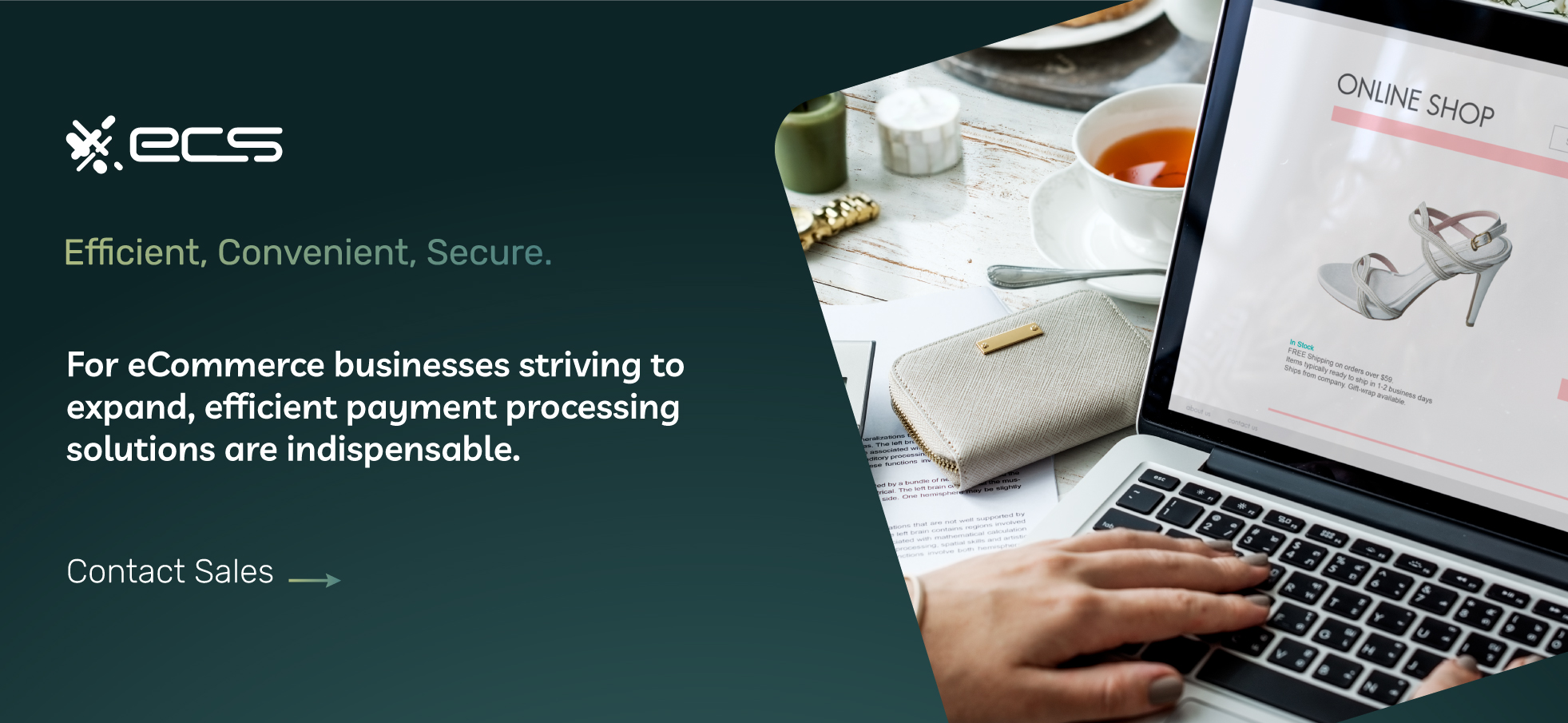
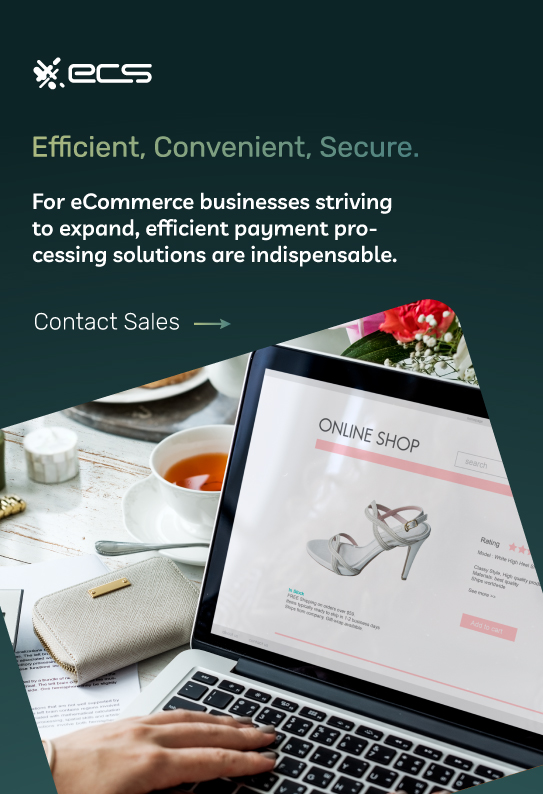
How To Sell My eCommerce Business
Many business owners ask how to sell their eCommerce business for the most money. One of the most significant factors sellers consider is how scalable the business is.
The more scalable the business, the higher the eCommerce business will generally sell for. So whether you’re looking to scale your business for the long term or set it up for selling, the tips below will help you achieve your goals.
Create Inbound Marketing Channels
One of the best ways to grow eCommerce businesses with scalability is to focus on inbound marketing versus outbound marketing.
Inbound Marketing
The goal of inbound marketing is to captivate consumers through compelling content and create engagement with your brand. Examples of Inbound marketing include blog posts, video content, and unpaid social media posts to help drive traffic to a brand.
Outbound Marketing
Outbound marketing uses external means to reach out and pull customers in. Companies typically achieve this by engaging in paid advertising or paid outreach with specific marketing campaigns.
An example of outbound marketing would be using Google Adwords or paying influencers to promote your product on their social media channels.
Display ads, television ads, direct response ads, influencer marketing, and radio ads are all types of outbound marketing.
Why Inbound Marketing Is Good For Scaling
Inbound marketing scales better because you continue to attract customers with these efforts, even if you’re no longer investing money into specific portions.
Think of it like this. You create a blog post that helps people choose the best product for their needs. If this is a useful article, it will attract traffic over time via search results and sharing online.
That article will continue to attract new customers every day even though you have stopped putting effort into it. Assuming it’s a relatively “evergreen” topic, it may even draw in customers for years after you produce it.
If you’ve ever conducted a product search for information online, you’ve likely noticed that it’s not uncommon to find pages from online retailers that are several years old within the search results.
With outbound paid advertising, the opposite is true. If you’re using paid ads to attract customers, once you stop putting money into that channel, the customers immediately stop coming in. There is minimal if any, residual effect.
Therefore, you must continually spend more money to scale outbound paid ads. However, paid ads are notoriously difficult to scale and maintain ROI. There’s a limit to the number of customers you can profitably reach.
As you try to reach new groups of customers, your ROI declines, which is the opposite of what you want when scaling. This is why inbound marketing approaches are the best for eCommerce businesses looking to scale.
Examples Of Inbound Marketing For eCommerce
One of the great things about inbound marketing is that, as a business owner, you can get creative with your efforts.
Below are some common examples of using inbound marketing. The key is to use these examples and put your unique twist on them to match your brand and target audience.
Video Content
Video content is one of the more popular methods for attracting inbound leads and customers. A perfect example is doing reviews for products you sell and competing products. By creating these reviews, customers searching for various products in your industry will see and watch your reviews.
This strategic move positions your brand as an authority and provides a way for you to attract customers and tell them about your products.
That’s just one example of using video content for inbound marketing, but there are countless creative ways that you can use both short and long videos to accomplish the same goals.
SEO Content
SEO (Search Engine Optimization) content was one of the original inbound marketing techniques for eCommerce businesses, and it still works well today. This method requires a sound SEO strategy that uses SEO best practices. So, it may require outside help or an agency to achieve the best results.
However, when done correctly, SEO can provide a substantial ROI that exceeds paid advertising. eCommerce scaling relies on SEO inbound marketing as a critical component because it offers high ROI and generates traffic long after creating the content.
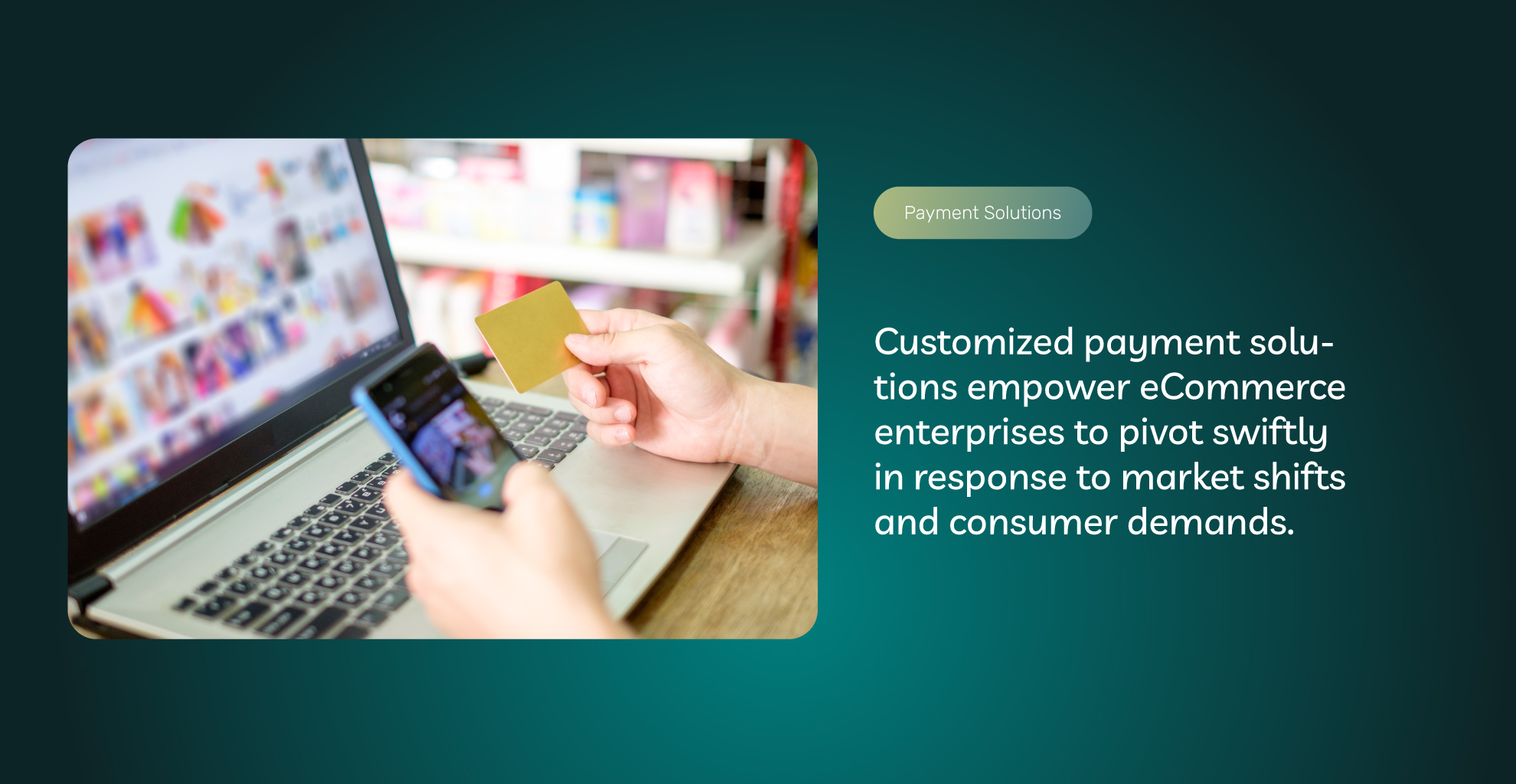
Social Media Interaction
Social media can be the hub of your overall inbound marketing strategy. These platforms are a way to serve your content to your audience where they are already consuming other content.
The key to using social media to scale your business is to avoid overtly sales-related posts. You don’t want to flood your channels with your latest sales or discounts. Instead, you want to take a softer approach to selling and provide interesting and engaging content.
If your content is genuinely beneficial, it will find an audience, and the content will elevate your brand. You have to treat social media marketing like a marathon instead of a sprint when it comes to scaling. You won’t build your online presence overnight, but consistent posting using a sound inbound strategy will yield substantial results.
Affiliate Marketing
Affiliate marketing is when entities separate from eCommerce businesses and send traffic and sales to your eCommerce website. These entities then receive a percentage of the sale or a flat rate fee. Affiliates generally know your target market and target customer. They use this expertise to attract customers and send them to your website.
Email Management
Email management and email campaigns are some of your best tools if you want to scale your eCommerce business in the most efficient way possible. Every time a customer makes a purchase, you capture an email address. This email address is how you stay connected with that customer to help turn them into a repeat customer.
Email’s most significant advantage lies in its ability to operate fully automated. Once you set up the system, you can send specially targeted automatic emails to past customers or leads based on their buying situation.
For example, if a customer hasn’t contacted your brand in a while, you can send an email enticing them to return. Or, if you launch a new product, you can send notices to customers who bought similar items in the past.
Your past customers are your most prominent source of potential income with an eCommerce business. Don’t let these customers slip through the cracks. Each time you do, that’s lost revenue. This is where knowing the best practices for customer retention come into play.
Keep in mind, automation is one of the most effective methods to rapidly scale your business and enhance revenue with minimal investment.
SMS Messages
You can use SMS messaging similarly to email messaging to maintain contact with your customers and scale your business. SMS messages have slightly different regulations compared to email that you’ll need to be aware of. They also have a cost associated with them compared to essentially free email messages.
However, the small cost of sending SMS messages is worth the benefit. Research demonstrates that people read SMS messages within seconds of receiving them. This is much faster than email and perfect for flash sales or other promotions.
In addition, younger consumers tend to prefer SMS messaging to stay connected with the brands they enjoy. The key is to not overload your customers and instead send them relevant and personalized SMS messages they find helpful.
Focus On Brand Building & Customer Service
When scaling your eCommerce business, it’s important not to lose sight of your overall brand image. E-commerce businesses can become obsessed with acquiring new customers, which is a vital part of scaling. However, overall brand building can sometimes get lost in the process, sabotaging efforts to grow e-commerce businesses.
Brand building has many benefits that directly impact your ability to scale.For starters, strong brands have higher customer retention than those with weaker brand images.
As we’ve pointed out, repeat customers and getting the most value from each customer are crucial to scaling. Increasing revenue from your customer base is far more profitable than constantly acquiring new customers.
Next, a strong brand doesn’t need to consistently compete on price–especially as inflation continues to be an issue for businesses and consumers alike. If your brand offers intangibles that increase the perceived value of your services and products, you can maintain a higher price point without losing sales to cheaper competitors.
Maintain a Consistent Brand Voice
One way eCommerce businesses can focus on their brand is to maintain a consistent brand voice across all channels, communications, product descriptions, and marketing. This includes everything from your website and social media platforms, and even your shipping materials should have a consistent theme and brand voice.
Your brand voice can be anything from professional and formal to extremely casual. It can even be sarcastic and funny, depending on your industry. But the key is to keep it consistent across every touchpoint your customers experience. Staying consistent doesn’t cost you any money, and it helps to bolster and build your brand image.
Turn Your Brand Into Story
The most beloved brands are also stories. There is a narrative behind a successful brand that attracts people to it and makes it feel as though it’s a friend or acquaintance. Try to turn your brand into a story with a narrative. Stories help customers connect with your brand in a more emotional way that resonates with them.
Depending on your business, this can be a subtle narrative or something you lean into across all your marketing channels. You have to decide which works for your brand and audience. But the key is to provide something that gives your eCommerce business an identity beyond just a name on a website.
Focus On Customer Service
A key component of customer retention and scaling is customer service. No matter how great your product is, poor customer service can negatively impact your customer retention efforts. Losing paying customers is the opposite of what we want when scaling, so emphasizing customer service and experience should be a top priority.
Today, automation can handle many customer service elements, enabling you to scale your efforts with lower costs. A perfect example is allowing customers access to online portals where they can log into their accounts and see their orders, history, and other account elements.
Customers today want to be able to manage their interactions as much as possible. They want to do these things whenever and wherever they happen to be.
So, offering automated self-service options increases customer service and experience instead of detracting from it. These automated efforts also help your business keep costs lower because you don’t need to hire new employees to deal with the increased customer service demands as you scale up.
Stay Ahead of Market Trends
A highly scalable business model allows you to be more nimble and adapt to evolving market conditions and trends. Once you’ve implemented some of the scaling ideas we’ve presented so far, it’s essential that you take advantage of the benefits by looking out for new trends and opportunities.
Legacy costs and operational methods are likely holding back some of your competitors who aren’t scaling. As a result, you can be the first mover as new trends emerge. By moving first, you establish your brand in the space and have a lower cost to acquire new customers due to the lower competition early in the trend lifecycle.
To keep up with trends in your industry that can provide you with a new selling opportunity, you want to keep an eye on top competitors. Both big and small competitors can supply you with valuable information on what’s selling and what areas of their business are doing best.
You can also use analytics to locate trends within your sales data to uncover opportunities you may not know. The overall goal is to take full advantage of a scalable eCommerce business and seek out the latest trends and opportunities as they present themselves.
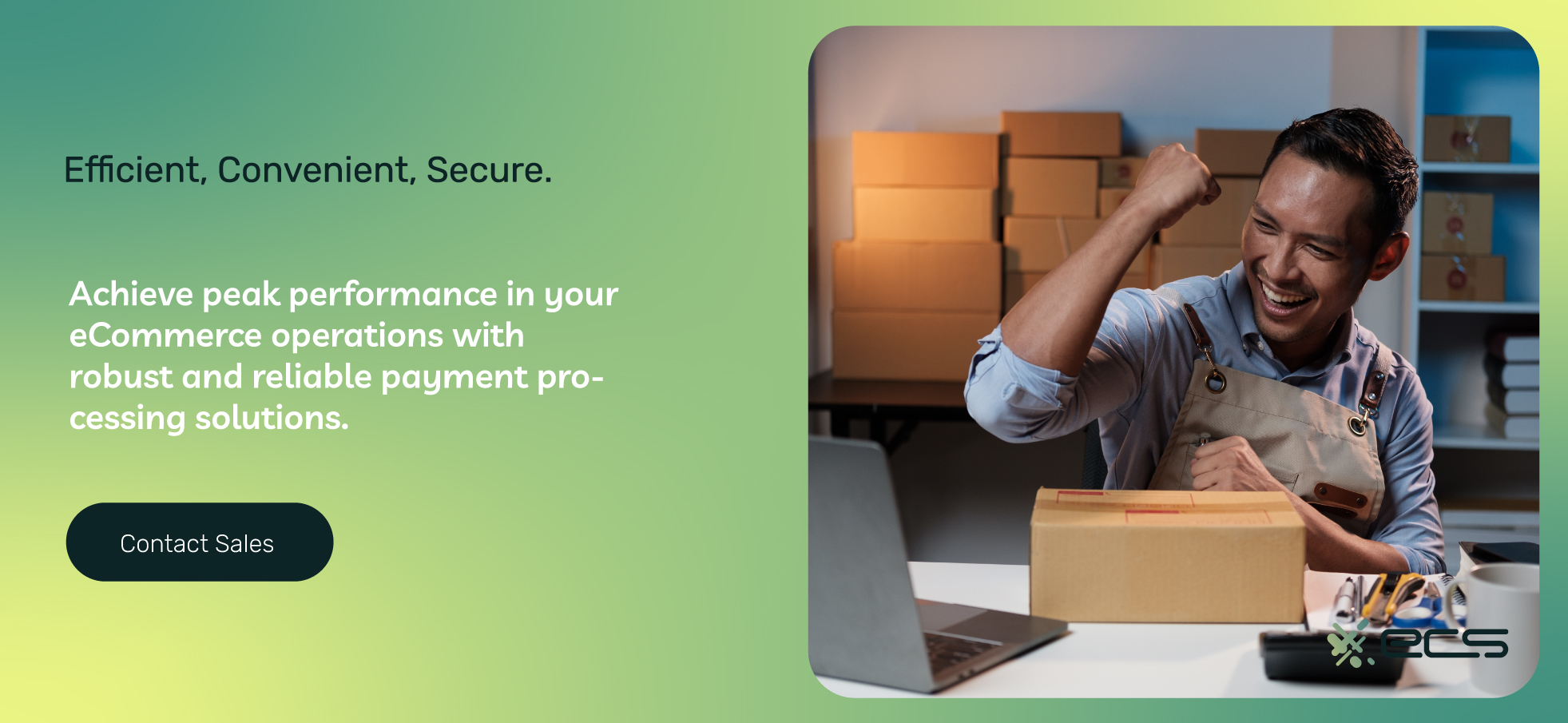
Grow Your E-Commerce Business By Adding New Products & Services
Adding new products offers eCommerce businesses a great way to scale. For example, if your eCommerce business sells upscale pajamas directly to consumers, there’s likely a whole host of other products related to sleep that you can sell.
Adding and cross-selling or upselling these products to your customers doesn’t require a huge investment. You already have the customers and the infrastructure, so adding new products is a great way to increase overall sales without adding much overhead.
Adding new products and services also makes it easier to attract new customers. As mentioned, outbound marketing is often tricky to profitably scale past a certain point. Offering new products opens new avenues to market to customers.
Create a Loyalty or Reward Program
Loyalty programs are common in physical retail settings, and for good reason. They are relatively cheap and easy to implement, offering great scaling opportunities. eCommerce businesses are no different, and you can implement a loyalty program into almost any eCommerce business model.
Loyalty programs also offer a great way to collect valuable customer information. You can use the loyalty system as a great way to stay in contact with your customers without seeming intrusive.
You don’t have to develop a loyalty system from scratch. Today, you can quickly implement many third-party loyalty programs into your business. Many of these programs integrate seamlessly with popular e-commerce platforms.
Adjust Your Goals as You Reach Them
We started off our list of best practices by explaining the importance of having goals when it comes to scaling your eCommerce business. But as you reach each goal and milestone, it’s essential to adjust your strategy and set new targets along with new KPIs to track them.
Your eCommerce business should never be a static operation where the goal is simply to maintain the status quo. There are too many competitors, and being static will quickly lead to a downturn in sales and revenue.
If you continually update your goals and milestones as you reach them, you will continue to scale your business. This way, you stay one step ahead of the competition.
Use The Latest Payment Solutions
Electronic payments are the lifeblood of virtually every eCommerce business. As you scale, you need innovative payment solutions to help you improve the way you accept payments.
New payment technologies and integrations are happening across every industry. Consumers want smooth, frictionless digital payment options that fit their lifestyles and buying habits.
By offering these options and leveraging the latest payment solutions, you can increase your sales, reduce costs, and scale more efficiently without spending more money.
ECS Payments is a leader in the eCommerce industry, and we provide the latest innovative payment solutions for businesses looking to scale and grow revenue.
Contact EC Payments to learn more about our eCommerce payment solutions that help your business scale to the next level and beyond.
Frequently Asked Questions About Growing eCommerce Businesses
Growth is all about the expansion of market share, often involving increased spending. In contrast, scaling is more focused on increasing revenue while keeping expenses stable or reduced. Scaling is about efficiency and optimization. For more cost-effective payment solutions to help scale your business contact ECS payments for a free statement analysis.
Adopting scalable initiatives such as outsourcing warehousing and fulfillment helps maintain financial stability, especially for smaller eCommerce businesses or those prioritizing profits over rapid expansion. Scaling ultimately allows you to increase revenue without necessarily incurring significant additional costs.
Inbound marketing provides a more cost-effective and sustainable approach. Creating engaging content, like blog posts or videos, attracts customers over time without the need for continuous investment in advertisement.
Setting clear goals with specific timetables aligned with scalable strategies ensures that your scaling efforts are on track. Tracking KPIs provides quantifiable metrics to measure progress and helps to make informed decisions to optimize strategies for long-term success.
